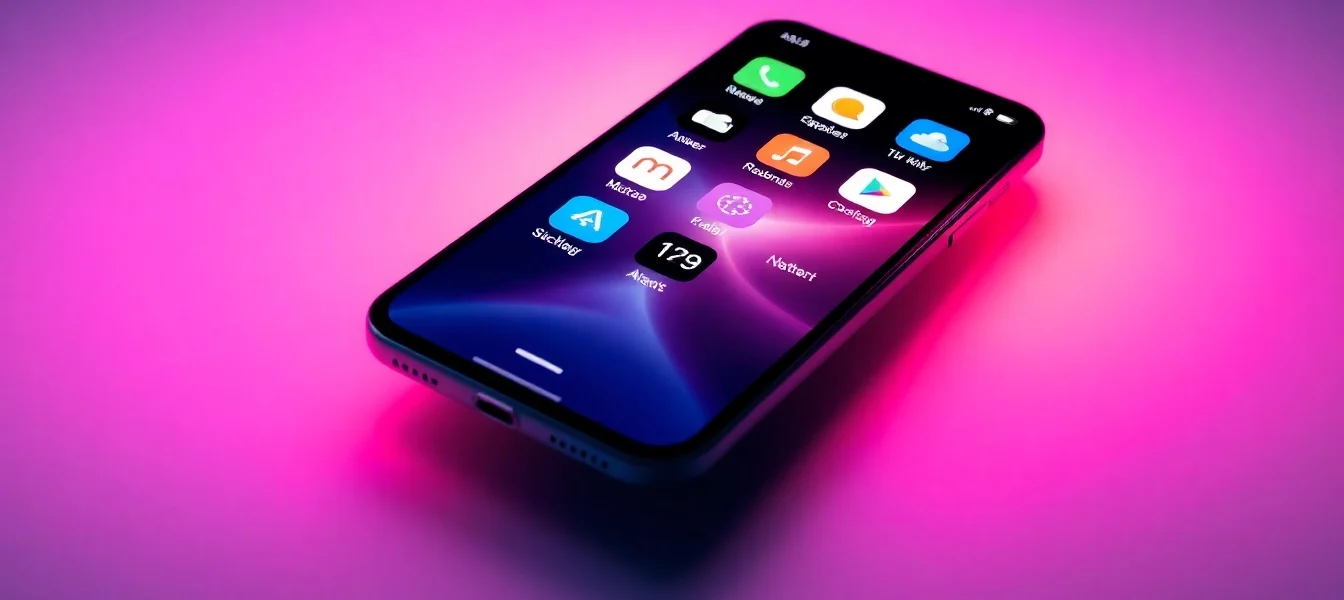Best Apps Updates: Stay Ahead with the Most Recent Changes and Features
In today’s rapidly evolving digital landscape, staying up-to-date with the latest app features, security patches, and performance enhancements is crucial for both users and developers. The landscape of mobile applications and software platforms is constantly shifting, driven by technological advances, user expectations, and industry standards. For businesses and individual users alike, understanding how to effectively monitor, implement, and analyze the latest Best Apps Updates can significantly influence overall user experience, security posture, and app success. This comprehensive guide explores the importance of app updates, effective tracking methods, strategic implementation practices, impact analysis, and future trends shaping the world of app maintenance and development.
Understanding the Importance of Best Apps Updates
Why Regular Updates Matter for Users and Developers
Regular app updates are fundamental for maintaining relevance in a competitive app marketplace. For users, updates ensure access to new features, improved usability, and enhanced security measures. They also fix bugs and address vulnerabilities that could otherwise compromise data integrity and user trust. For developers, timely updates are vital to retain users, improve app ratings, and comply with evolving platform policies. Frequent updates also signal active maintenance and commitment to quality, which can positively influence user retention.
How Updates Improve App Performance and Security
Performance enhancements achieved through updates often include faster load times, reduced battery consumption, and smoother interactions, substantially elevating user satisfaction. Security patches are equally crucial; they shield apps and their data from malicious attacks, data breaches, and exploits. As cyber threats evolve, so must app defenses, making regular updates an essential part of an effective security strategy. For instance, addressing a vulnerability like the Heartbleed bug in application servers significantly reduces risk exposure.
Common Challenges in Keeping Apps Up-to-Date
Despite the clear benefits, maintaining a consistent update schedule presents challenges. These include resource constraints, coordinating between multiple teams, and managing user expectations regarding change logs and downtime. Additionally, overly frequent updates might fatigue users, leading to uninstalls or low engagement. Errors in deployment or insufficient testing can introduce bugs, undermining user trust. Recognizing and overcoming these hurdles is key to sustaining effective app lifecycle management.
How to Track and Find the Best Apps Updates
Top Resources and Platforms for App Release Notes
To stay ahead of the latest developments, leverage official app stores like Google Play and Apple App Store, which regularly publish detailed release notes. Developer blogs, forums, and social media channels also serve as valuable resources. Additionally, platforms such as Release Notes and Appversion.io compile and analyze update patterns across different apps, providing insights into recent trends and innovations.
Using Notifications and Subscription Services Effectively
Most app stores allow users to enable notifications for updates, ensuring they receive immediate alerts about new versions. Subscription services or dedicated RSS feeds can automate this process, keeping you informed of critical patches or feature rollouts. For developers, integrating update alerts into internal dashboards facilitates proactive monitoring and quick response to emerging issues.
Evaluating Update Content for Relevance and Value
Effective tracking goes beyond merely noting new versions; it involves analyzing the relevance of update content. Look for improvements that enhance core functionalities, security enhancements, user interface refinements, and compliance-related modifications. Use user feedback and analytics to assess whether the updates meet practical needs and improve overall experience, prioritizing updates that deliver maximum value.
Strategies for Implementing Effective App Updates
Best Practices for Developers to Enhance User Experience
Developers should adopt a structured approach: conduct thorough testing across devices and operating systems, communicate clearly about upcoming changes, and ensure updates do not disrupt existing functionalities. Incremental updates addressing specific issues tend to be more manageable and less risky than large, feature-heavy releases. Incorporating user feedback directly into the update cycle fosters trust and demonstrates responsiveness.
Timing and Frequency of Best Apps Updates
Optimal timing depends on app complexity and user expectations. Critical security patches should be deployed immediately upon discovery of vulnerabilities. Regular scheduled updates—monthly or quarterly—allow for predictable maintenance without overwhelming users. High-traffic apps benefit from a steady release cadence to maintain stability and trust. Using data analytics to identify peak engagement periods can also inform the best timing for deploying updates.
Gathering User Feedback to Guide Future Updates
Implement in-app surveys, monitor reviews, and utilize analytics platforms to collect real-time user insights. Analyzing common complaints, feature requests, and usage patterns helps prioritize future enhancements. Engaging directly with users through community forums or beta testing programs can also generate valuable input, ensuring updates align with user needs and preferences.
Analyzing the Impact of Updates on App Success
Metrics to Measure Update Effectiveness
Key performance indicators include app retention rates, average session duration, crash reports, user ratings, and net promoter scores (NPS). Tracking download and conversion rates post-update reveals user response to changes. A/B testing different update features can also provide insights into what enhancements drive engagement.
Case Studies of Successful Best Apps Updates
For example, Spotify’s iterative update strategy introduced personalized playlists and interface improvements, resulting in increased user engagement and subscriptions. Similarly, WhatsApp’s periodic security enhancements and feature additions have helped maintain high user trust and retention. Analyzing such instances demonstrates how aligned updates with user expectations and market trends yield higher success metrics.
Adjusting Strategies Based on Performance Data
Continuous monitoring enables developers to refine their update processes. Underperforming updates may require rollback plans or targeted fixes. Incorporating a feedback loop where data informs subsequent development phases ensures an agile and efficient update strategy. Regular performance reviews, data visualization, and stakeholder input are instrumental in this adaptive approach.
Future Trends in Best Apps Updates and User Expectations
Emerging Technologies and Their Influence on Updates
Artificial intelligence (AI) and machine learning (ML) are increasingly integrated into app updates, enabling personalized experiences and predictive maintenance. Augmented reality (AR) and virtual reality (VR) technologies are set to introduce new features that require frequent updates to optimize hardware and software integration. Cloud computing advancements will also facilitate seamless updates without user disruption.
Anticipating User Demands and Preferences
Users are increasingly expecting more intuitive interfaces, privacy controls, and customization options. Privacy regulations like GDPR and CCPA will necessitate transparency updates and consent management features. Additionally, users demand rapid bug fixes and minimal downtime, pushing developers toward more agile and user-centric update cycles.
Preparing for Continuous Improvement in App Ecosystems
Building a robust, scalable update system involves adopting DevOps practices, automated testing, and continuous integration/continuous deployment (CI/CD) pipelines. Future-proofing apps also means designing flexible architectures that can accommodate rapid changes, ensuring a competitive edge in an ever-evolving digital ecosystem.




